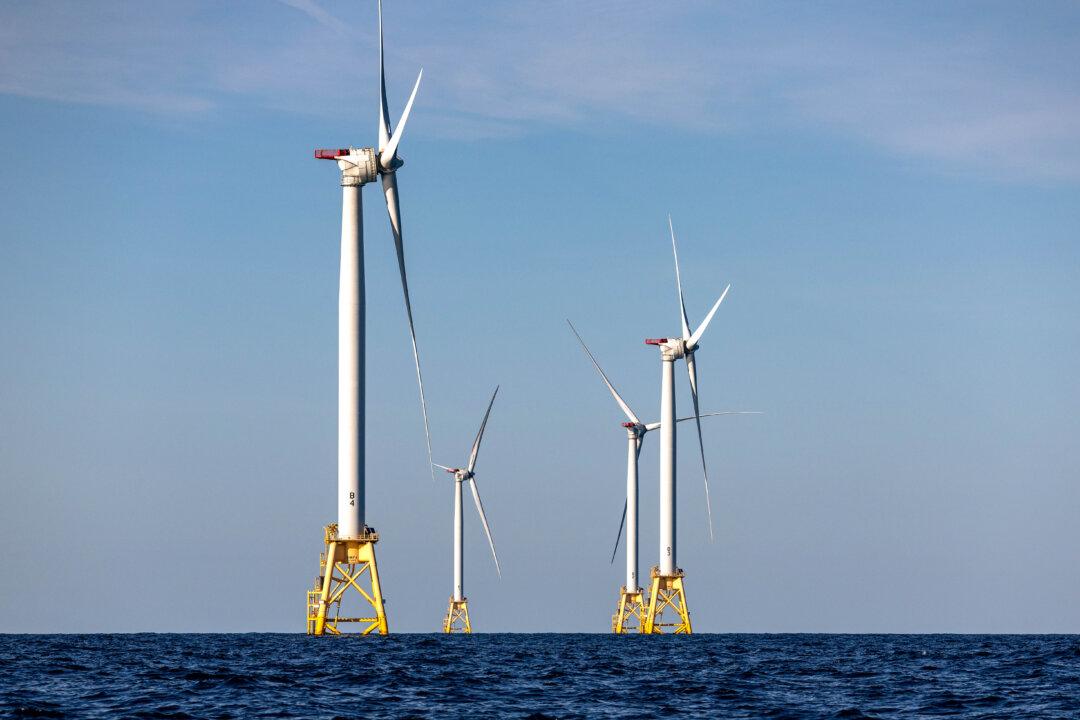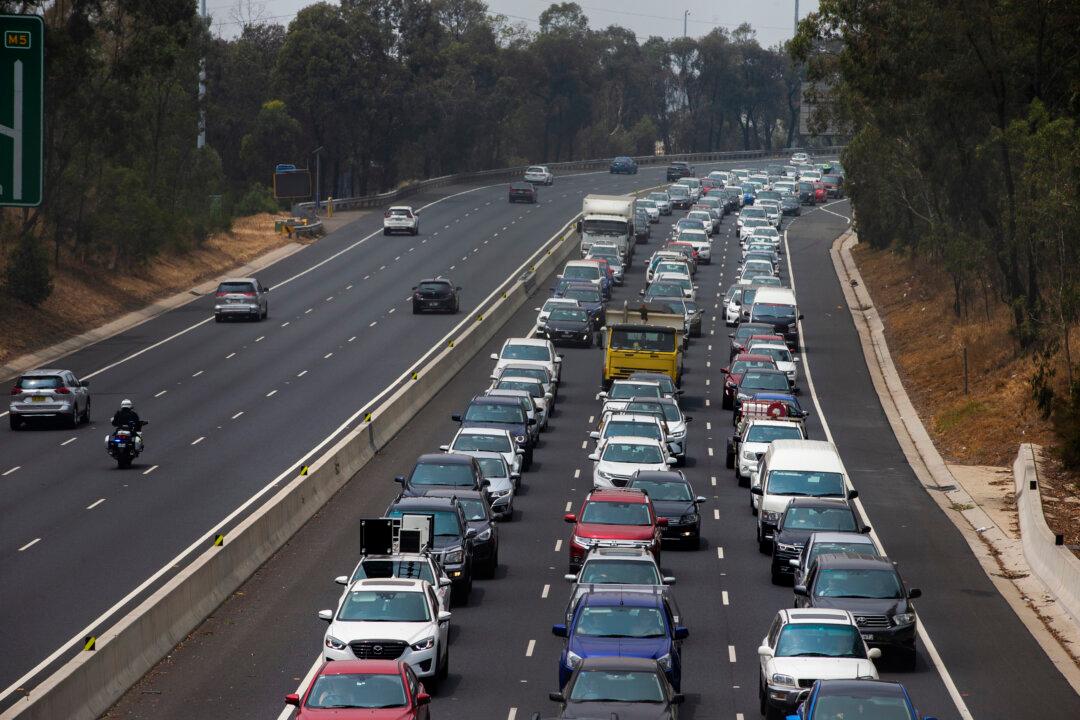A planned offshore wind zone off Victoria’s coast is been approved at only a fraction of the size originally planned after community groups and environmental lobbyists voiced their concerns about the impact on marine life.
The 1,030 square kilometres (397 square miles) wind zone, an area where offshore wind farm infrastructure, a driver of clean renewable energy can be built, will be located 20 kilometres off the Western Victoria coast at Warrnambool and Port Fairy.





